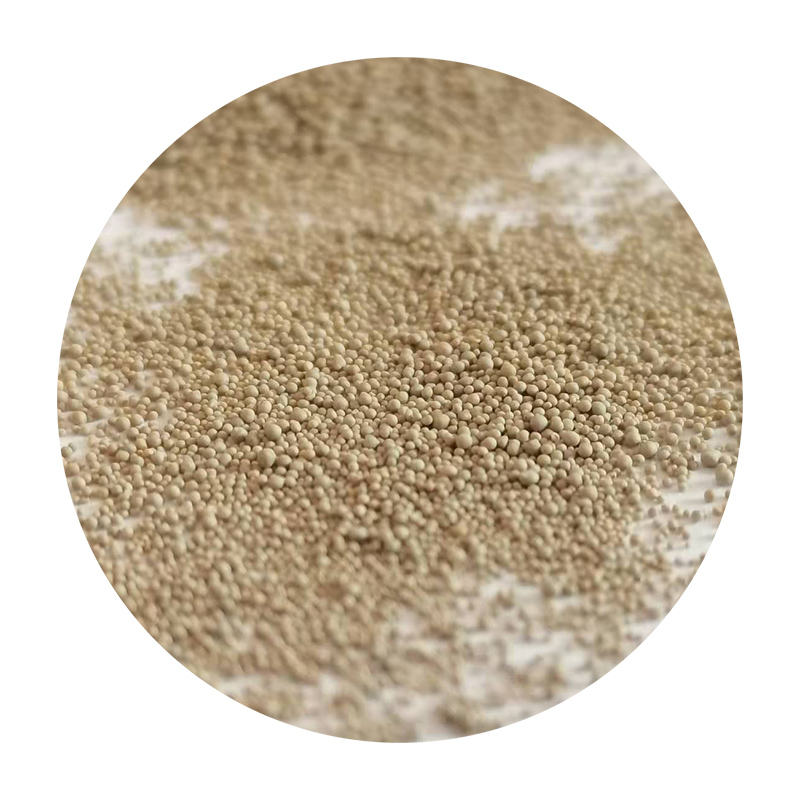The Evolution of Sanding Blocks A 3D Printing Perspective
In the realm of woodworking and crafting, sanding blocks have long been an essential tool for achieving smooth finishes on various surfaces. Traditional sanding blocks often come in fixed sizes and shapes, which can limit their versatility and effectiveness. However, with the advent of 3D printing technology, the world of sanding blocks is undergoing a significant transformation, enabling custom designs to meet specific needs and preferences.
The Traditional Sanding Block
Traditionally, sanding blocks are made from wood, foam, or rubber, and they provide a stable surface for attaching sandpaper. While they have served the woodworking community well, they are not without drawbacks. Standard sizes may not accommodate the unique shapes of intricate projects. Additionally, the materials used can wear down over time, requiring frequent replacement.
The Dawn of 3D Printing
The rise of 3D printing technology in recent years has opened up new avenues for innovation and customization across various fields, including woodworking. 3D printers allow for the creation of complex geometries that are difficult to achieve with traditional manufacturing methods. This capability is particularly beneficial for sanding blocks, as custom designs can be tailored to fit unique project requirements or individual comfort.
Benefits of 3D Printed Sanding Blocks
1. Customization One of the most significant advantages of 3D printing is the ability to create customized sanding blocks. Woodworkers can design shapes that perfectly conform to the contours of their workpieces, facilitating sanding in hard-to-reach areas. This means that whether you’re working on a curved surface or a detailed carving, you can produce a sanding block that meets your exact specifications.
sanding block 3d print

2. Material Selection 3D printing technology allows users to choose from a variety of materials, including flexible filaments that mimic the texture of traditional sanding blocks while providing better durability. Options like TPU (thermoplastic polyurethane) offer a soft-touch feel but maintain structural integrity, making them ideal for ergonomic designs.
3. Cost Efficiency The production of 3D printed sanding blocks can be more cost-effective in certain situations. Batch production of traditional blocks might require significant tooling and setup costs, while 3D printing can produce the same results without extensive overhead. For hobbyists or small-scale operations, this can lower the barrier to entry for obtaining specialized tools.
4. Sustainability As sustainability becomes a growing concern in all areas of production, 3D printing enables the use of eco-friendly materials and reduces waste. Designers can optimize their models to minimize filament usage, making each print more environmentally responsible.
5. Rapid Prototyping For individual craftsmen and businesses alike, the ability to quickly prototype and iterate on designs can lead to innovation. A sandpaper pad with a unique pattern for more effective sanding can be designed, printed, and tested in a matter of hours, compared to traditional manufacturing methods that could take weeks.
Challenges to Consider
While the benefits of 3D printed sanding blocks are significant, challenges remain. Not all 3D printers can handle the materials suitable for durable sanding applications, and users need to consider the finishing processes after printing to ensure the surface is suitable for its intended use. Additionally, knowledge about 3D modeling and design software may present a learning curve for some.
Conclusion
The integration of 3D printing technology into the world of woodworking presents exciting opportunities, especially with tools like sanding blocks. Customization, material flexibility, cost efficiency, sustainability, and rapid prototyping highlight the advantages that 3D printing can bring to this traditional craft. As technology continues to evolve, the future of sanding blocks will surely see further advancements, empowering woodworkers to achieve their desired finishes with greater ease and precision. Whether you are a hobbyist or a professional, embracing the potential of 3D printed sanding blocks could revolutionize the way you approach your projects, making the process not only more efficient but also more enjoyable.
Post time:ડીસેમ્બર . 10, 2024 13:39
Next:cast of the sand
